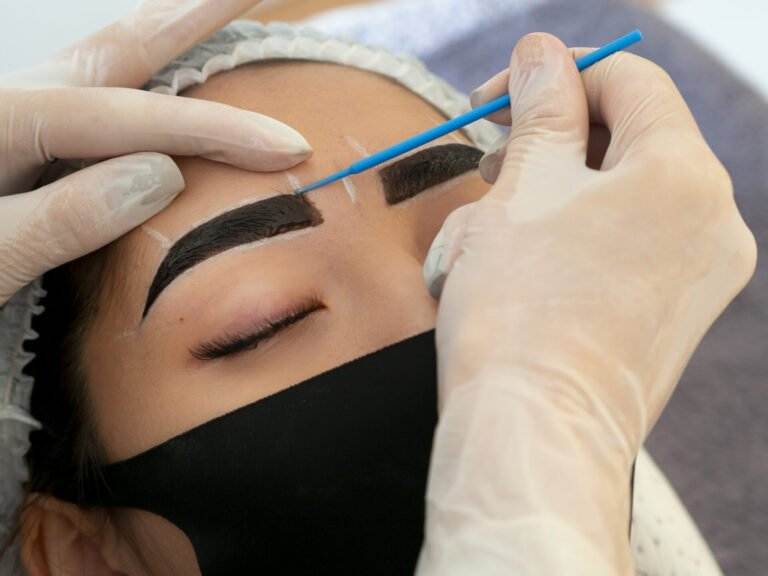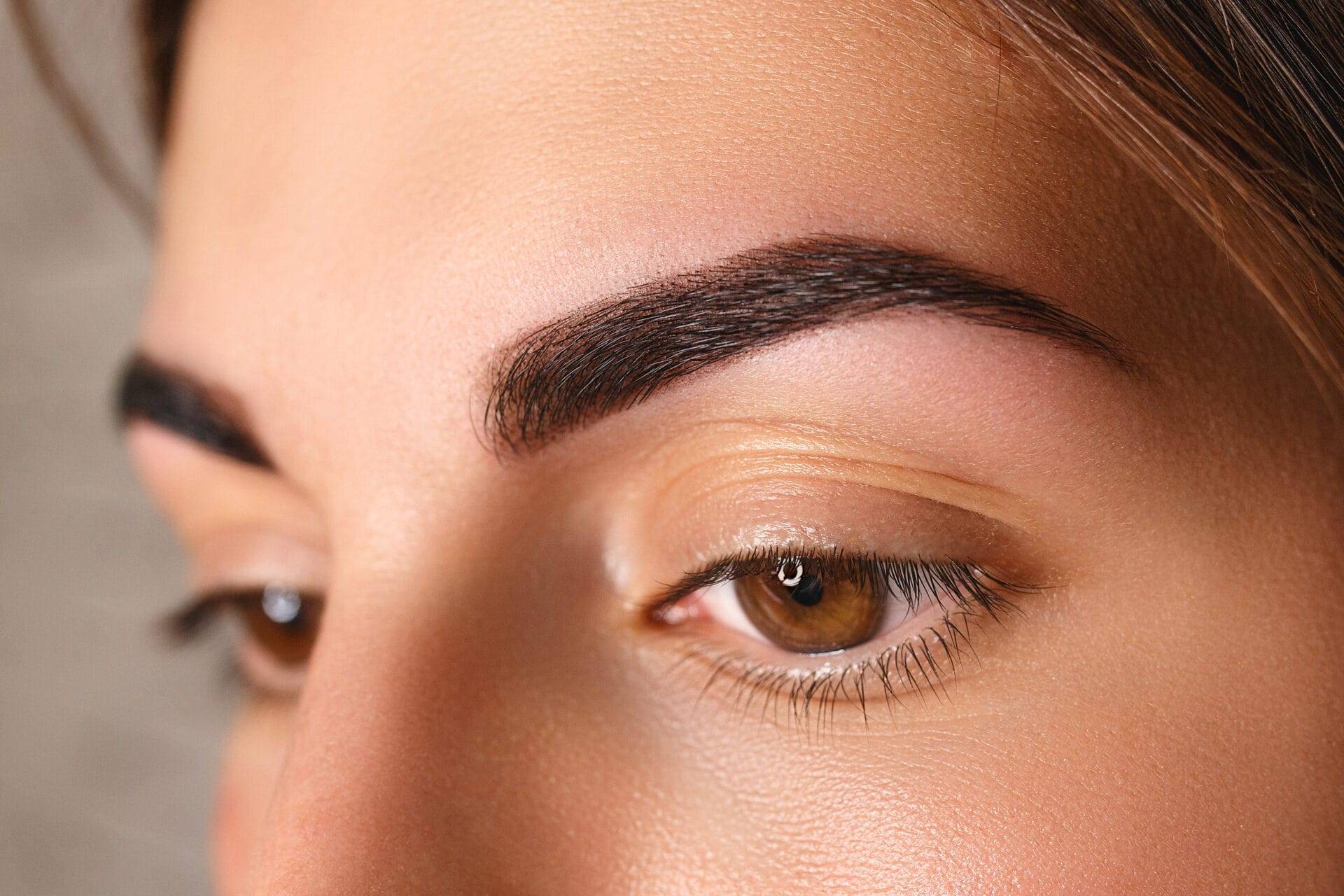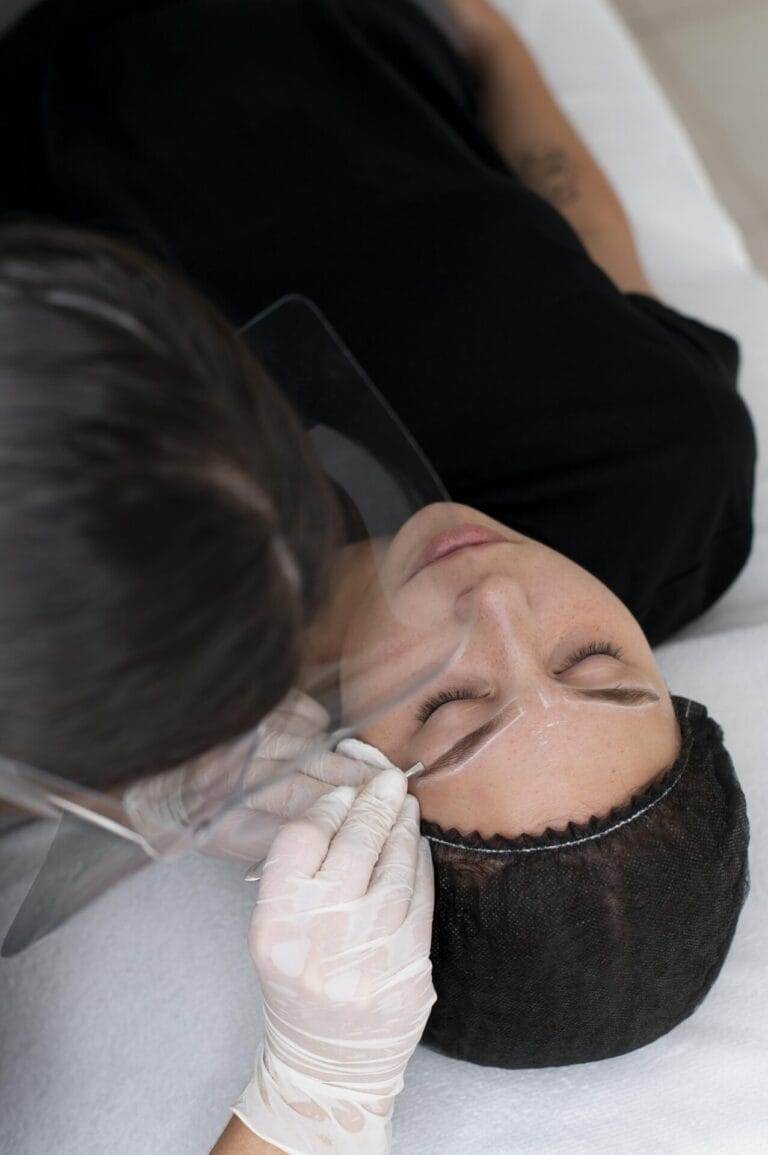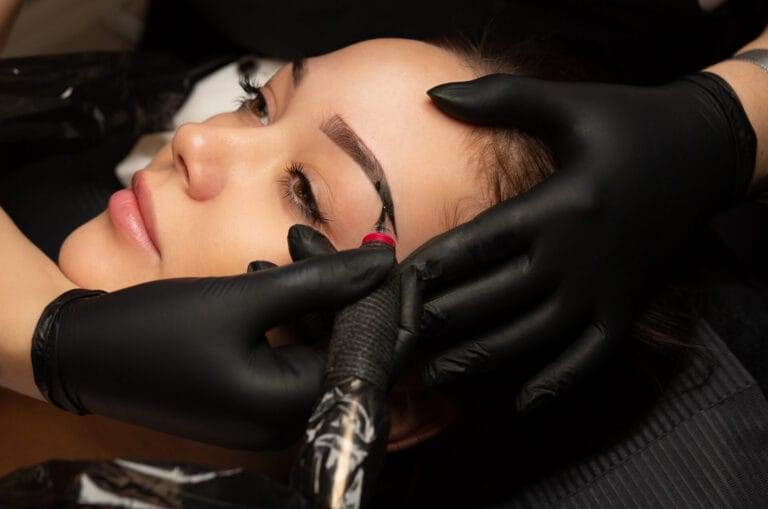What Are Cosmetic Tattoos?
Cosmetic tattoos, often referred to as permanent makeup, have gained immense popularity in recent years. They represent a blend of artistry and technology, providing individuals with the opportunity to achieve a polished look without the daily hassle of applying traditional makeup. This innovative approach to beauty allows for enhanced features that can last from one to several years, depending on the technique and individual care. Cosmetic tattoos encompass a variety of procedures designed to enhance facial features, including:
- Eyebrow Tattoos: Techniques such as microblading or powder brows create the illusion of fuller, more defined eyebrows.
- Lip Blushing: This procedure gives lips a soft wash of color, enhancing their natural shape and fullness.
- Eyeliner Tattoos: An effective solution for those looking to skip daily eyeliner applications, giving a defined eye look that lasts.
The appeal of cosmetic tattoos lies not only in their convenience but also in their ability to help individuals feel more confident in their appearance. For example, many women who struggle with thinning eyebrows find microblading an empowering solution, offering a boost to their self-esteem. Others who may have experienced hair loss or scarring benefit greatly from these aesthetic improvements.
The Advantages of Cosmetic Tattoos
One of the standout features of cosmetic tattoos is their longevity. Unlike typical makeup, which requires constant reapplication, cosmetic tattoos can last anywhere from one to three years, making them a cost-effective option in the long run. Some advantages include:
- Time-Saving: No more morning makeup routines that can take valuable time.
- Waterproof: Ideal for those who lead active lifestyles or enjoy swimming.
- Customization: Each tattoo can be tailored to fit one’s unique features and preferences.
However, it’s important to proceed with care. As with any beauty treatment, the results may vary based on technique, skin type, and aftercare. Ensuring that the tattoo is performed by a certified and experienced artist is crucial. Just like any tattoo, results from cosmetic procedures can differ; they might look stunning for some people while others might not get the desired effect.
A Personal Perspective
Imagine walking out of your house already looking fabulous, with perfectly defined brows and a subtle hint of color on your lips—no need to rush back for touch-ups throughout the day. This is the experience many satisfied clients share. For instance, Sarah, a busy mom, described her microblading experience as life-changing. She felt liberated from her daily makeup routine, allowing her to spend more time engaging in activities with her children rather than in front of a mirror. In summary, cosmetic tattoos are not just about enhancing beauty; they’re about redefining convenience and personal care. For those considering this innovative approach to makeup, understanding the options and expected outcomes is essential in making a well-informed decision.
Preparing for a Cosmetic Tattoo
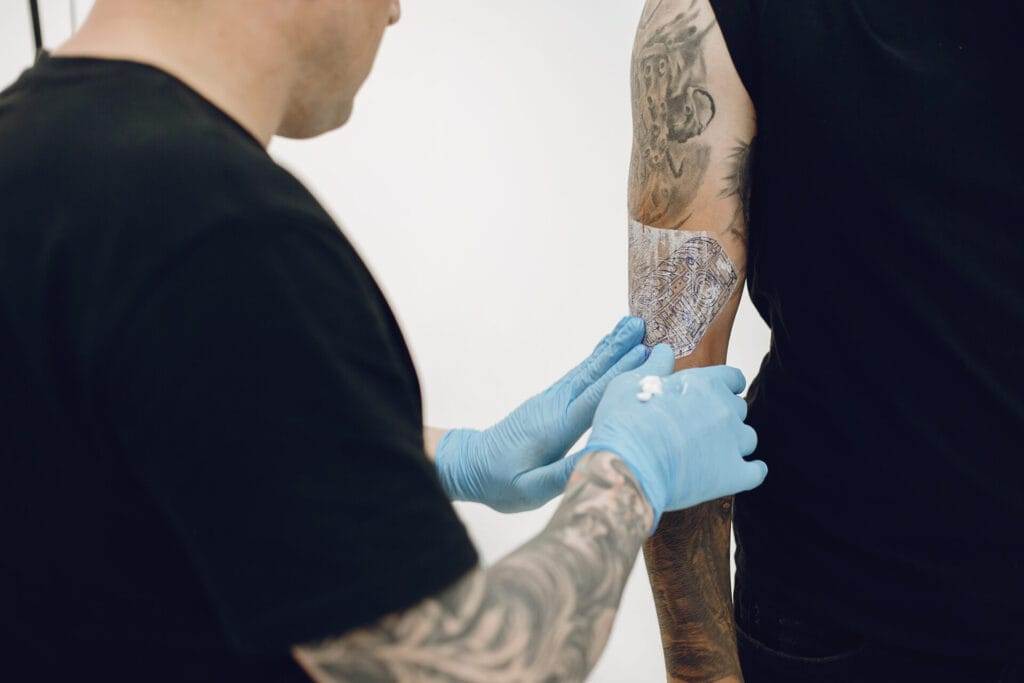
Consultation with the Artist
Before diving into the world of cosmetic tattoos, the first and foremost step is scheduling a consultation with your artist. This meeting sets the stage for the entire experience and is an opportunity for open dialogue. It’s a time when potential clients can voice their desires, ask questions, and get a feel of the artist’s style. During the consultation, here are some key points to consider:
- Portfolio Review: Artists should have a portfolio showcasing their previous work. This gives you a clear idea of their skills and aesthetic. Look for a style that resonates with your vision.
- Discussing Expectations: Be honest about what you hope to achieve. The artist can provide insight into what’s possible based on your facial features and skin type.
- Health Assessments: Some conditions like skin sensitivities or specific allergies could affect the procedure. Discuss your medical history openly to ensure safety.
- Aftercare Guidance: Understanding the aftercare process is crucial, as it will impact the final outcome. Ask about the typical healing timeline and any restrictions you might face post-procedure.
Personal anecdotes from previous clients often highlight the importance of this consultation. For instance, Jenna, a recent client, found that her artist’s guidance during the consultation helped clarify what to expect. She felt at ease knowing she had a partner in her cosmetic journey.
Understanding the Procedure
Once the consultation wraps up and both the client and artist are aligned, it’s time to delve into understanding the actual procedure itself. Knowledge is power, and being informed helps alleviate any anxiety about the unknown. Here are several key aspects to be aware of:
- Procedure Duration: Depending on what you’re getting done – whether it’s microblading, lip tinting, or eyeliner – times can vary from one to three hours.
- Numbing Process: Most artists apply a topical numbing agent to minimize discomfort. While the sensation varies from person to person, many describe it as a light scratching or tingling.
- Technique Details: Each cosmetic tattoo technique offers different outcomes. For example, microblading uses a handheld tool to create hair-like strokes, while powder brows provide a softer, filled-in appearance. Knowing the difference can help you choose what suits you best.
- Color Selection: The artist will help you choose pigments that complement your skin tone. It’s crucial to remember that tattoos may appear darker right after the procedure but will lighten as they heal.
Taking time to understand the procedure not only helps eliminate apprehensions but also allows for an empowered client experience. As Sarah’s story illustrates, desiring to enhance her eyebrows transformed from an idea into reality with the right information and support. She walked in with uncertainty but left feeling like she had made a well-informed decision. In conclusion, the preparation phase for a cosmetic tattoo is essential. From the conversation with your artist to understanding the nuances of the procedure, it lays a strong foundation for achieving the best possible results. By investing time in preparation, clients can walk into their appointments with confidence, ready to embrace their new look.
The Healing Timeline
Immediately After the Procedure
After undergoing a cosmetic tattoo procedure, the immediate aftermath can evoke a mix of excitement and anxiety. It’s the moment you’ve been waiting for, yet it comes with the inevitable healing process—something every client should be prepared for. Right after the procedure, it’s common to experience some slight swelling and redness around the tattooed area. This is completely normal, and most artists reassure their clients that these reactions typically subside within a few hours. For instance, when Jenna had her microblading done, she noticed her brows appeared much darker than anticipated. However, her artist quickly explained this was a part of the natural healing process. Here’s what to expect immediately after your cosmetic tattoo:
- Slight Redness and Swelling: Mild inflammation is normal; it should calm down over the next few hours.
- Color Intensity: The pigment might appear much darker immediately after the procedure, but don’t worry—this will fade as the skin heals.
- Aftercare Instructions: Your artist will provide specific aftercare guidelines, which are crucial for proper healing. This often includes avoiding water on the area or preventing exposure to sun and sweat.
Days 1-7: Initial Healing Stage
The first week post-procedure is critical in the healing process and often encompasses a variety of changes as your skin begins to recuperate.
- Scabbing and Peeling: Many clients find that their tattooed areas will develop thin scabs. This is a natural healing mechanism, and it’s vital to resist the urge to pick at them to avoid damaging the artwork. For Sarah, it was a challenge to not touch her freshly microbladed brows, but she followed her artist’s advice closely.
- Color Lightening: As the scabs form and eventually fall off, the color of the tattoo may lighten significantly—sometimes up to 40%. This change can be alarming, but rest assured, the pigment will stabilize and settle after a few weeks.
- Moisture is Key: Keeping the area moisturized as per your artist’s instructions will support healing and reduce itchiness.
Days 8-14: Subsequent Healing Stage
During this phase, healing continues, and you may notice another set of changes. Clients often find this stage less intense than the initial week.
- Scabbing Removal: By this point, most scabs should have fallen off naturally. Your skin will begin to feel smoother, but there might still be some sensitivity.
- Color Settling: The tattoo will start to reveal the true color as it settles into the skin. This is where you can finally see the results of your decision!
- Skin Condition: The skin might feel a bit dry or flaky, but this is typical and can be managed with a good aftercare balm.
As an anecdote, Jenna mentioned that during this period she enjoyed seeing her brows transform into the beautiful, natural look she had envisioned. With proper care and patience, the healing process becomes a worthwhile journey toward a more confident self. In summary, understanding the healing timeline helps clients prepare for their new cosmetic tattoos. Being aware of what to expect at each stage not only eases anxieties but also ensures the best possible result from the procedure. With diligent aftercare, clients like Sarah and Jenna can look forward to vibrant, lasting enhancements that boost their self-esteem.
Managing Discomfort and Side Effects

Tips for Minimizing Discomfort
As thrilling as the prospect of enhancing your features with a cosmetic tattoo can be, it’s essential to acknowledge that some discomfort may arise during and after the procedure. Understanding how to manage this discomfort not only improves your experience but also promotes optimal healing. Here are some practical tips to help minimize discomfort:
- Communicate Openly with Your Artist: Before the procedure begins, express any concerns you have about pain. Most artists will tailor their approach to ensure you feel as comfortable as possible.
- Utilize Numbing Creams: Most reputable artists use topical numbing agents to significantly reduce sensation during the procedure. Don’t hesitate to ask if one can be applied before starting.
- Avoid Caffeine and Alcohol: These substances can heighten sensitivity and lead to increased bleeding during the procedure, which may intensify discomfort. Sarah, for instance, avoided her morning coffee prior to her appointment, hoping to minimize any pain and ensure a smoother process.
- Follow Aftercare Instructions: After the procedure, stick to the aftercare guidelines provided by your artist. Keeping the area moisturized and protected promotes healing and can minimize any post-procedure irritation.
- Dress Comfortably and Relax: Dress in loose, comfortable clothing and practice relaxation techniques, like deep breathing or listening to music, to keep your mind at ease during the procedure.
Recognizing Common Side Effects
While discomfort is manageable, it’s equally important to be aware of common side effects that may occur after getting a cosmetic tattoo. Recognizing these signals not only prepares you for what to expect but also informs you of when to seek assistance. Here are some typical side effects to keep an eye on:
- Swelling and Redness: It’s normal to experience some swelling around the treated area for the first few hours. If it persists beyond a few days, reaching out to your artist is a good idea.
- Itching and Skin Sensitivity: As the area begins to heal, you might experience itchy or sensitive skin. Resist the urge to scratch; applying a recommended ointment or calming gel can help soothe this sensation.
- Color Change: As discussed, the pigment may appear darker immediately after the procedure, followed by lightening as it heals. However, if you notice excessive fading or patchiness, it might be worthwhile to consult your artist.
- Infection: While rare, it’s important to be vigilant for signs of infection. Symptoms such as increased redness, warmth, pus drainage, or fever should prompt a call to a professional.
For instance, Jenna experienced mild itching during her healing process but promptly followed her artist’s aftercare instructions, which helped her manage it well. She maintained a communication line with her artist, ensuring peace of mind and a smooth healing experience. In conclusion, managing discomfort and recognizing common side effects go hand in hand to enhance your cosmetic tattoo experience. While a degree of discomfort is to be expected, with proper preparation and care, clients can move confidently through the process, knowing they are set for a beautiful transformation. By understanding and addressing potential side effects, individuals can focus on enjoying their new look rather than worrying about minor inconveniences.
Post-Healing Care


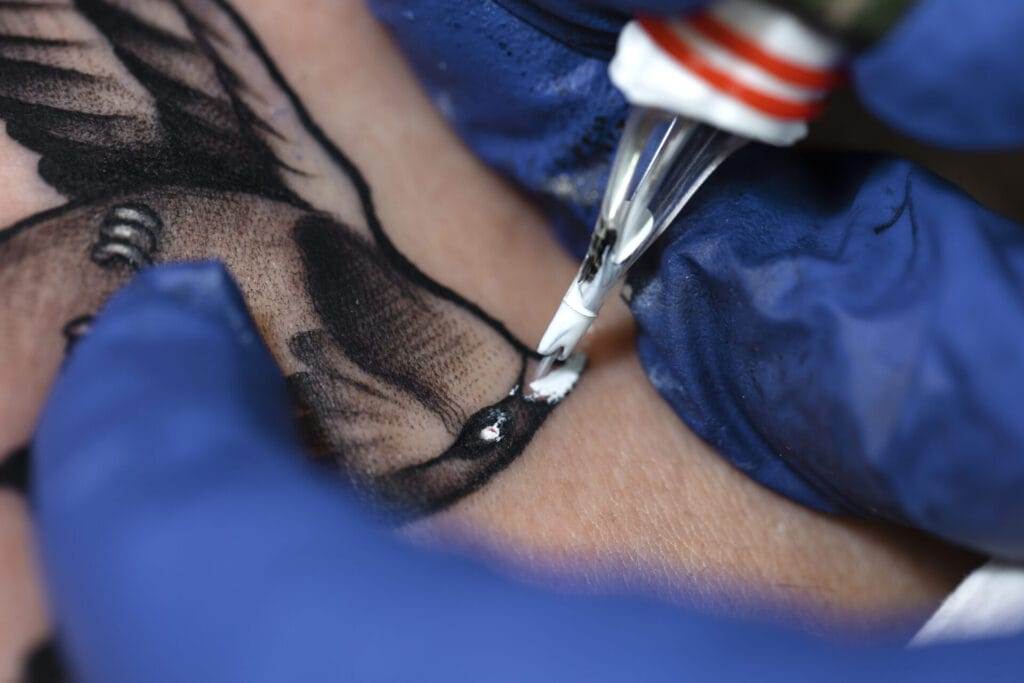
Long-Term Care Instructions
Once the healing period has passed and you’ve marveled at the transformations of your cosmetic tattoo, the journey doesn’t end there. Long-term care is essential to maintain the vibrancy and longevity of your newly enhanced features. Taking a few precautionary measures can make a big difference in how well your cosmetic tattoo stands the test of time.
Daily Care Essentials
To keep your tattoo looking fresh and beautiful, here are some crucial long-term care instructions:
- Gentle Cleansing: Always wash your face with a gentle cleanser free of harsh chemicals. Avoid scrubbing the tattooed area to prevent fading. Sarah found that using a micellar water cleanser kept her brows clean without aggravating her skin.
- Moisturization: Use a light moisturizer or a specialized aftercare balm recommended by your artist. Keeping the skin hydrated helps in maintaining the pigment’s vibrancy.
- Sun Protection: UV rays can cause your cosmetic tattoo to fade prematurely. Always apply a broad-spectrum sunscreen with an SPF of 30 or higher to the tattooed area whenever you’re outside. Consider wearing a wide-brimmed hat on sunny days!
- Avoid Swimming Pools and Saunas: For at least four weeks after your cosmetic tattoo, steer clear of pools, hot tubs, and saunas. Chlorine and high humidity can negatively affect the healing of your tattoo.
Lifestyle Considerations
Certain lifestyle choices may impact the longevity of your cosmetic tattoo, so it’s wise to incorporate some mindful practices:
- Limit Exfoliation: Refrain from using exfoliating agents (like scrubs or acids) directly on your tattooed area for an extended period. This not only helps your cosmetic tattoo stay intact but also allows your skin to maintain its natural glow.
- Hydrate and Nourish: Drinking plenty of water and eating a healthy diet rich in antioxidants will contribute to your skin’s overall health—not just for your tattoo, but for your entire complexion!
- Regular Touch-Ups: Schedule annual touch-ups with your artist to keep your tattoo looking its best. This helps to maintain color richness and definition.
Personal Experience
For Jenna, following these long-term care steps transformed her experience with her cosmetic tattoo. Two months post-procedure, she noticed that her brows were still bold and beautiful. By actively protecting her skin from the sun and keeping her brows moisturized, she felt confident about the lasting result of her investment. Moreover, Jenna made it a point to communicate regularly with her artist regarding maintenance practices, ensuring she was doing everything necessary to retain that fresh-from-the-chair look. In summary, the post-healing phase is just as crucial as the initial procedure. By embracing a thoughtful long-term care routine, clients can enjoy their cosmetic tattoos to the fullest, preserving their beauty and confidence for years to come. With careful attention and a little love, the results can be nothing short of extraordinary!


